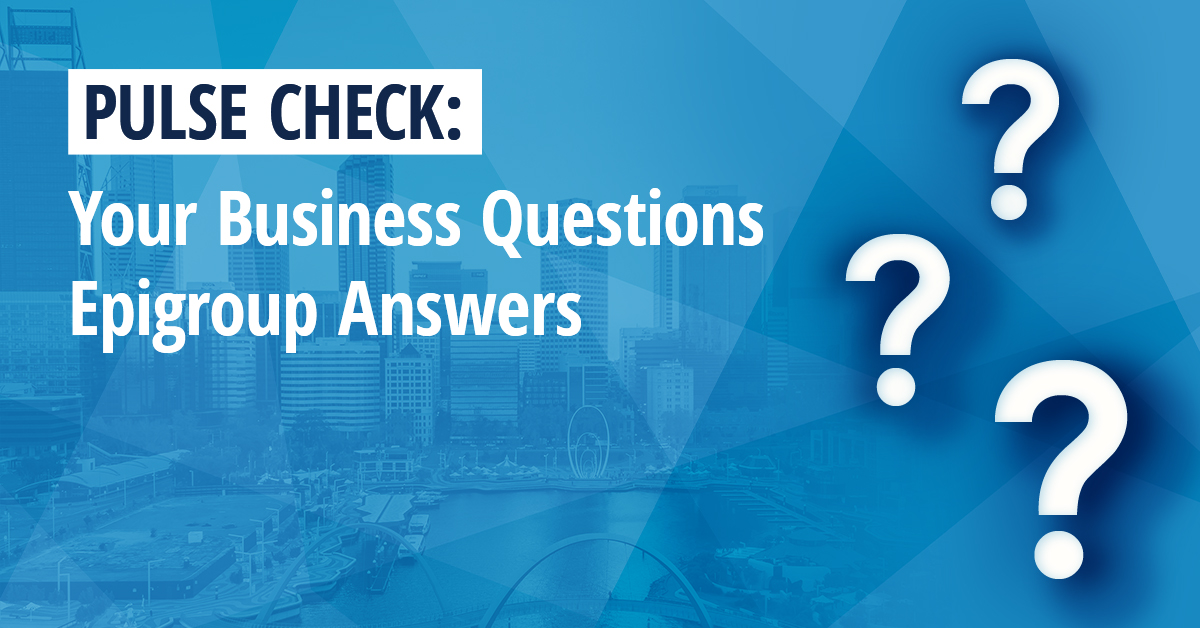A brand’s value lies in the meaning that’s attached to it by the target audience. That meaning can be pulled onto the brand by the customer through their experiences.
Or it can be pushed onto the target audience via various marketing channels and methods.
Develop brand reputation
Brand reputation can impacted by the quality of the customer journey. This involves all touch points with the brand, including product or service quality, availability, price, customer support and website usability.
Bad experiences (pain points) – no matter how small or big – can be judged by the consumer as being symptomatic of the brand and can lead people to turn to other options.
Some brands – such as Aussie Loans and the Bank of Queensland – have been built on bad customer experiences with big banks.
On the flip side, companies have built their brands on excellence or innovation in customer experience.
Apple has built its reputation on clever design and usability and new or high-quality functionality – an approach that has been adopted by the big mobile phone manufacturers for greater market share.
Another factor increasingly at play in brand identity is corporate social responsibility (CSR), which involves businesses giving something back to the communities in which they operate.
No business is too small to exercise a little CSR. Consider supporting a charity or event that aligns with your business products or values.
Roobix’s Chief Marketing Officer Martin Purcell says that brand can be built on very simple but powerful practices.
“For example, whenever my customers come into my office and have a coffee, tea, or whatever they want to drink, I note down how they like their drink.
So when they come in next time, they just get it delivered without having to be asked again ‘How do you like it?’.”
You may also want to consider creating a risk management plan to identify any weaknesses in the business that might expose the brand to bad publicity or an ill perception, such as unethical standards in the supply chain.
Increase brand visibility
This is where the brand is pushed onto the customer through advertising, sponsorship, mass-media promotions, content marketing and brand placement, such as online, stationery, signage, staff uniforms, vehicle decals, merchandise, events and email signature.
It’s important to note that increasing the visibility of the brand has little value if the brand doesn’t have a reputation.
Develop a marketing plan that sits on the insights from your customer research. And remember: be brave and be bold.
The community is constantly getting hit with a lot of mediocre advertising and promotions that you can stand above with a good creative concept.
If you roll out a new advertising campaign or special offer, make sure all your staff are aware of what it entails.
Inconsistent communication damages your brand and failure to inform staff about business changes is a classic branding error.
Purcell also warns to keep the branding and messaging consistent and persistent: “A lot of people in small business don’t understand the old adage that ‘repetition builds reputation’. That is, more and more impressions make the brand stick.
“Unfortunately, they change things too often because they are never quite satisfied with what they’ve got because they have probably never had their brand properly designed”.
“Take Harvey Norman – in 20 years, his jingle hasn’t changed. And why would he? It just works. You develop something that works, and you just keep playing it.
“People don’t know why they select certain products. You walk into a supermarket and buy a bottle of barbecue sauce and then wonder ‘Why did I buy that?’ Chances are, you saw or heard the brand more than once and it’s directing you.”












